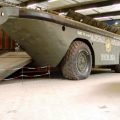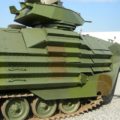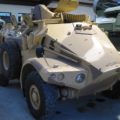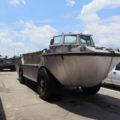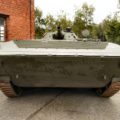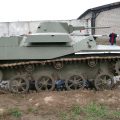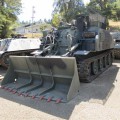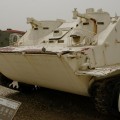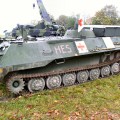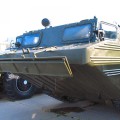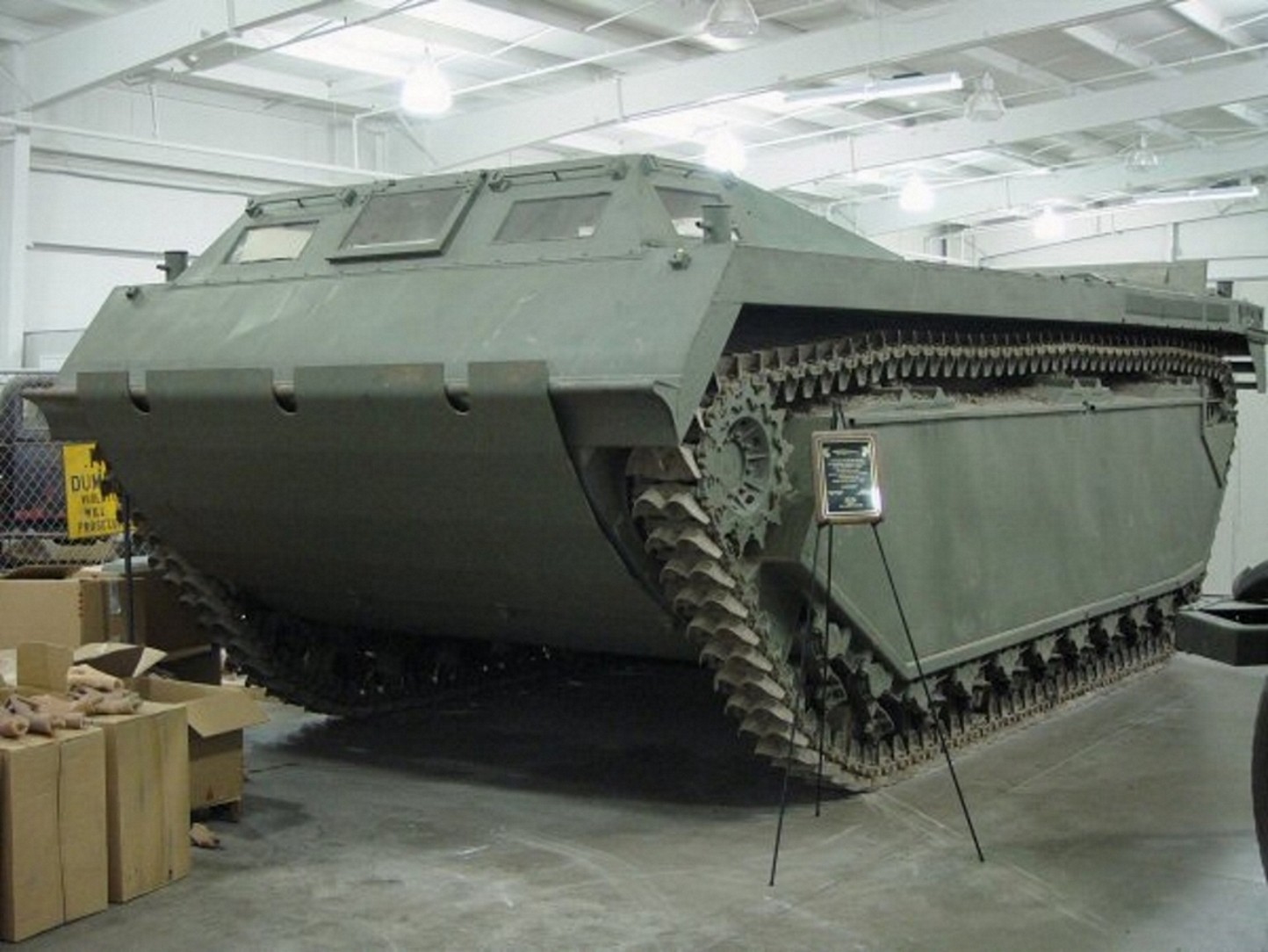
| Landing Vehicle Tracked | |
|---|---|
| 国家 | 美国 |
| 作用 | 两栖车辆 |
| 产生 | 1941年7月和1945年8月 |
| 建立 | 18000+ |
着陆器,跟踪 (吕特) is an amphibious warfare vehicle and amphibious landing craft, introduced by the United States Navy. The United States Marine Corps, United States Army, and Canadian and British armies used several LVT models during World War II. Originally intended solely as cargo carriers for ship to shore operations, they evolved into assault troop and fire support vehicles. The types were known as amphtrack, “Amtrak”, “amtrac”, etc. (portmanteaus of “amphibious tractor”), and “alligator” or “gator”.
源: 维基百科上跟踪的着陆车辆
| LVT-4 水牛四处走动 | |
|---|---|
| 摄影师 | 弗拉基米尔·亚库博夫 |
| 本地化 | 法国索穆尔百叶窗博物馆 |
| 照片 | 68 |
相关套件:
| USMC LVT-3 Walk Around | |
|---|---|
| 摄影师 | Michael Benolkin |
| 本地化 | 未知 |
| 照片 | 15 |
在易趣上查找套件:
另请参阅:
| LVT-4 Walk Around | |
|---|---|
| 摄影师 | Unknow |
| 本地化 | 未知 |
| 照片 | 20 |
着陆车辆跟踪 (LVT) was a type of amphibious vehicle used by the United States and its allies during World War II and the Korean War. LVTs were designed to transport troops and cargo from ships to shore, and could also operate on land as armored personnel carriers or tanks. LVTs were based on the Alligator, a commercial vehicle developed by Donald Roebling in the 1930s.
这 美国海军 and Marine Corps adopted the LVT in 1941, and improved its design and performance throughout the war. LVTs played a vital role in many amphibious operations, such as the invasions of Guadalcanal, Tarawa, Iwo Jima, and Okinawa. LVTs were also used by other countries, such as Britain, Canada, Australia, and Japan. LVTs were eventually replaced by more advanced amphibious vehicles in the 1950s and 1960s.
意见 : 3124


